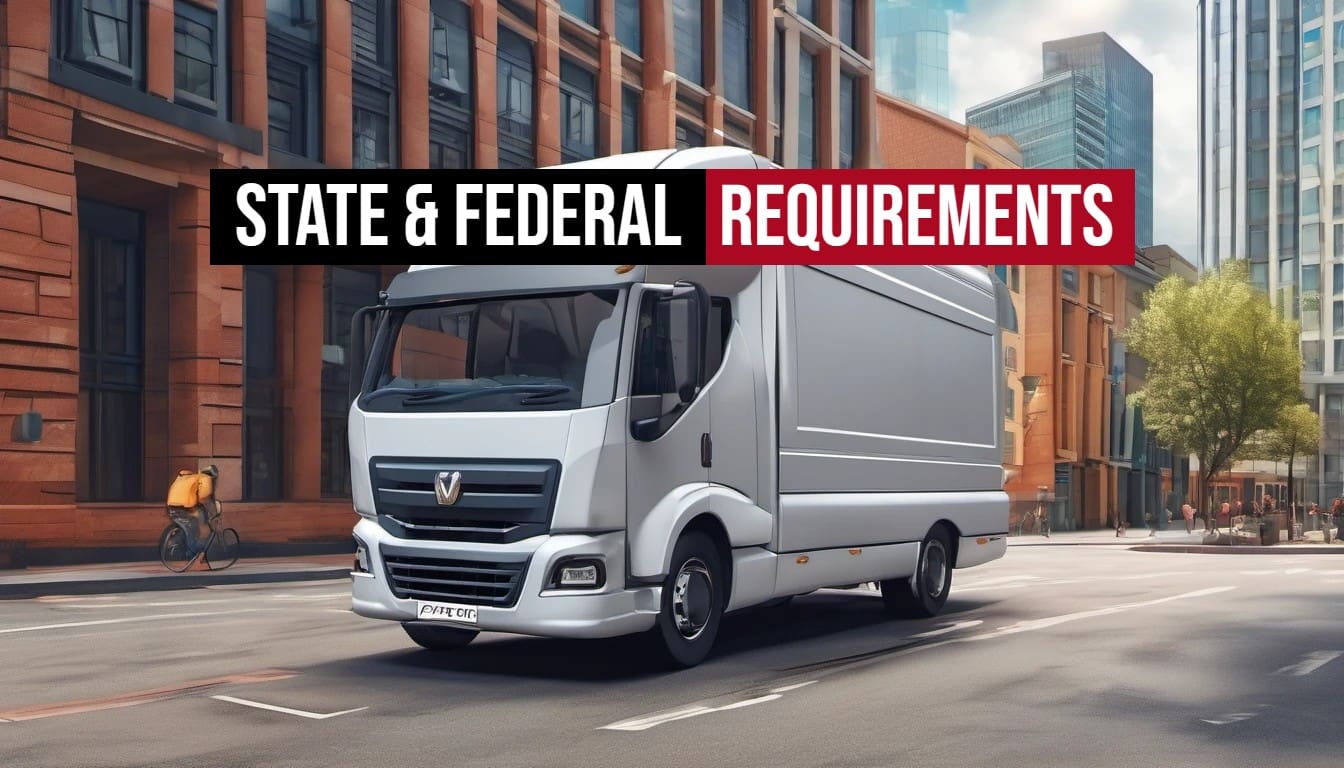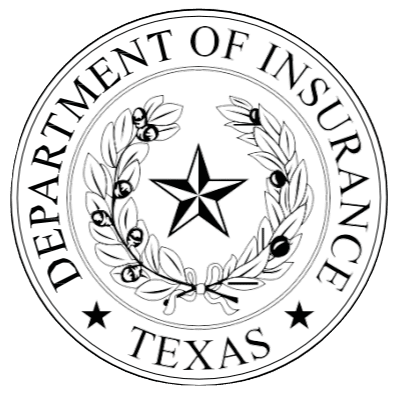Commercial Auto and Transportation

When discussing state and federal regulations for commercial auto insurance, it’s important to consider the varied requirements across different states. Each state has its own regulations, including minimum liability coverage limits that businesses must adhere to for their commercial vehicles.
 |
Arizona has specific insurance requirements based on the type and use of commercial vehicles, with higher liability limits mandated for passenger-carrying vehicles compared to those primarily for cargo. Additionally, vehicles engaged in interstate commerce must comply with federal standards, which dictate minimum levels of insurance based on the type of cargo, including hazardous materials.
- General Freight: $750,000 minimum coverage.
- Hazardous Materials: $1,000,000 to $5,000,000 minimum coverage, depending on the material.
- Oil Transport: $1,000,000 minimum coverage.
- Passenger Transport: $5,000,000 minimum coverage for 16 or more passengers; $1,500,000 for fewer than 15 passengers.
|
 |
California enforces strict commercial auto insurance laws, requiring all commercial vehicles to carry liability insurance. The state mandates different minimum requirements depending on the vehicle type and its cargo or passengers. California’s Motor Carrier Permit also necessitates higher insurance limits, especially for vehicles transporting hazardous materials or numerous passengers.
- General Freight: $750,000 minimum coverage.
- Hazardous Materials: Up to $5,000,000 minimum coverage, depending on the hazard class.
- Oil Transport: $1,000,000 minimum coverage.
- Passenger Transport: $5,000,000 minimum coverage for vehicles with a capacity of 16 or more passengers; $1,500,000 for fewer than 15 passengers.
|
 |
Illinois mandates that all commercial vehicles carry liability insurance with minimum limits higher than those required for personal vehicles. This includes specific endorsements needed for transporting particular types of cargo or passengers, aligning with federal regulations for interstate operation.
- General Freight: $750,000 minimum coverage.
- Hazardous Materials: $1,000,000 to $5,000,000 minimum coverage, depending on the material.
- Oil Transport: $1,000,000 minimum coverage.
- Passenger Transport: $5,000,000 minimum coverage for 16 or more passengers; $1,500,000 for fewer than 15 passengers.
|
 |
Michigan stands out with its no-fault insurance system requiring commercial vehicles to have personal injury protection, property protection insurance, and residual liability insurance, which covers bodily injury and property damage. Michigan’s system includes complex elements like unlimited medical benefits for certain claims under its unique auto insurance laws.
- General Freight: $750,000 minimum coverage.
- Hazardous Materials: $1,000,000 to $5,000,000 minimum coverage, based on the type of material transported.
- Oil Transport: $1,000,000 minimum coverage.
- Passenger Transport: $5,000,000 minimum coverage for 16 or more passengers; $1,500,000 for fewer than 15 passengers.
|
 |
Nevada requires liability insurance for all commercial vehicles with minimum amounts varying by vehicle type and use. This includes adherence to federal insurance mandates for vehicles that cross state lines, especially those transporting goods or passengers.
- General Freight: $750,000 minimum coverage.
- Hazardous Materials: $1,000,000 to $5,000,000 minimum coverage, depending on the material.
- Oil Transport: $1,000,000 minimum coverage.
- Passenger Transport: $5,000,000 minimum coverage for 16 or more passengers; $1,500,000 for fewer than 15 passengers.
|
 |
New Mexico sets its commercial vehicle insurance minimums based on vehicle weight and usage, with additional federal requirements for vehicles transporting hazardous materials or many passengers.
- General Freight: $750,000 minimum coverage.
- Hazardous Materials: $1,000,000 to $5,000,000 minimum coverage, based on the type of material.
- Oil Transport: $1,000,000 minimum coverage.
- Passenger Transport: $5,000,000 minimum coverage for 16 or more passengers; $1,500,000 for fewer than 15 passengers.
|
 |
Texas also requires liability insurance for commercial vehicles, with specific minimum requirements based on the vehicle type and usage. Higher coverage limits are necessary for hazardous materials transporters and commercial passenger vehicles, along with compliance with federal insurance standards for interstate transportation.
- General Freight: $750,000 minimum coverage.
- Hazardous Materials: $1,000,000 to $5,000,000 minimum coverage, depending on the type and amount of hazardous materials.
- Oil Transport: $1,000,000 minimum coverage.
- Passenger Transport: $5,000,000 minimum coverage for 16 or more passengers; $1,500,000 for fewer than 15 passengers.
|
In each state, businesses might consider additional coverage such as collision, comprehensive, uninsured/underinsured motorist, and medical payments coverage to fully protect against all potential risks associated with commercial vehicle operation. The relationship between state-specific regulations and federal mandates often requires a detailed compliance strategy tailored to the operational scope of each business.
These limits ensure that in the event of an accident, sufficient funds are available to cover damages or injuries caused by commercial trucks. Note that these figures are the minimum required and many trucking companies opt for higher coverage limits to protect against potential liabilities.








